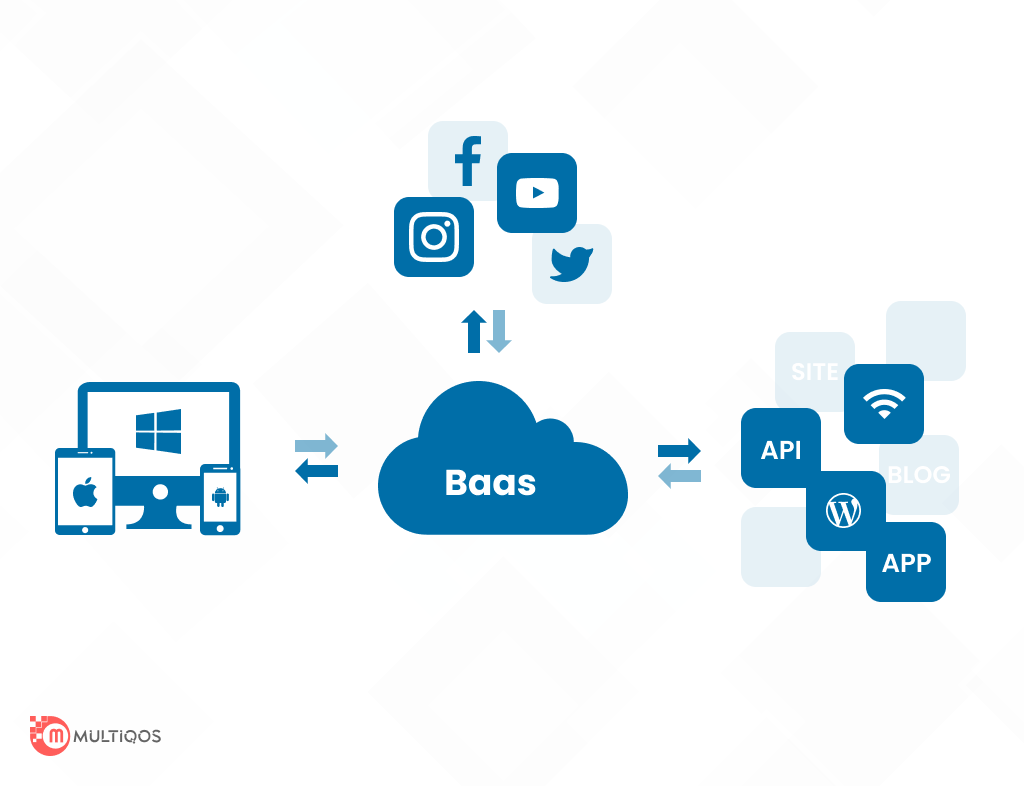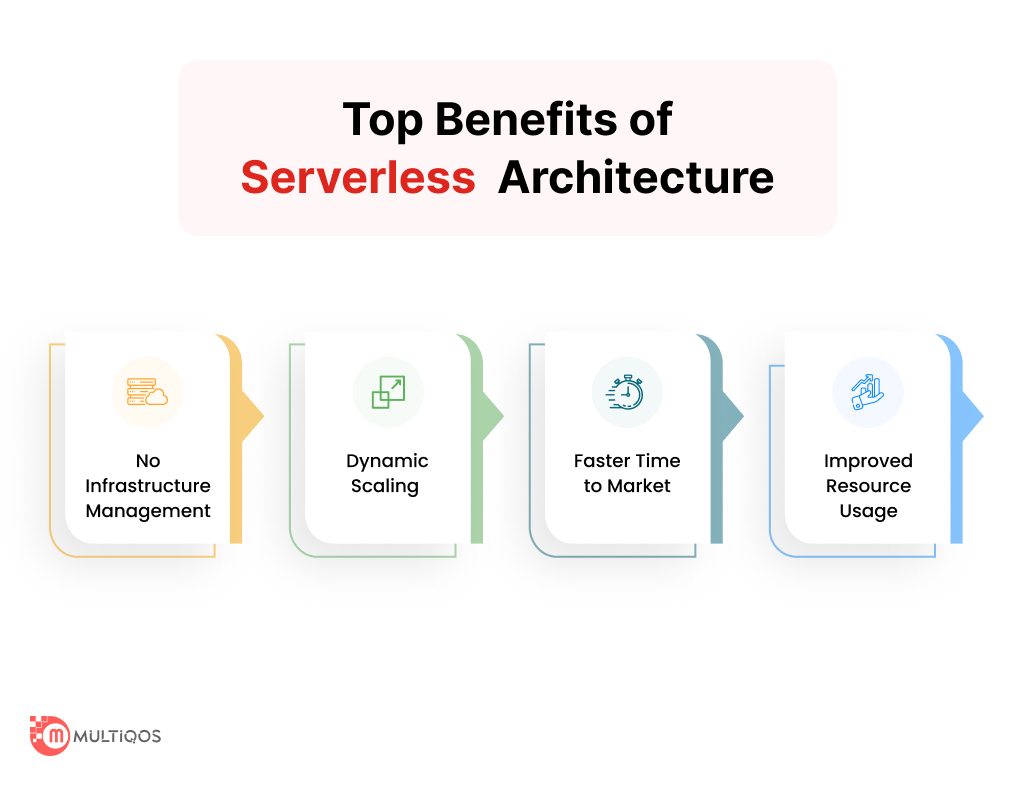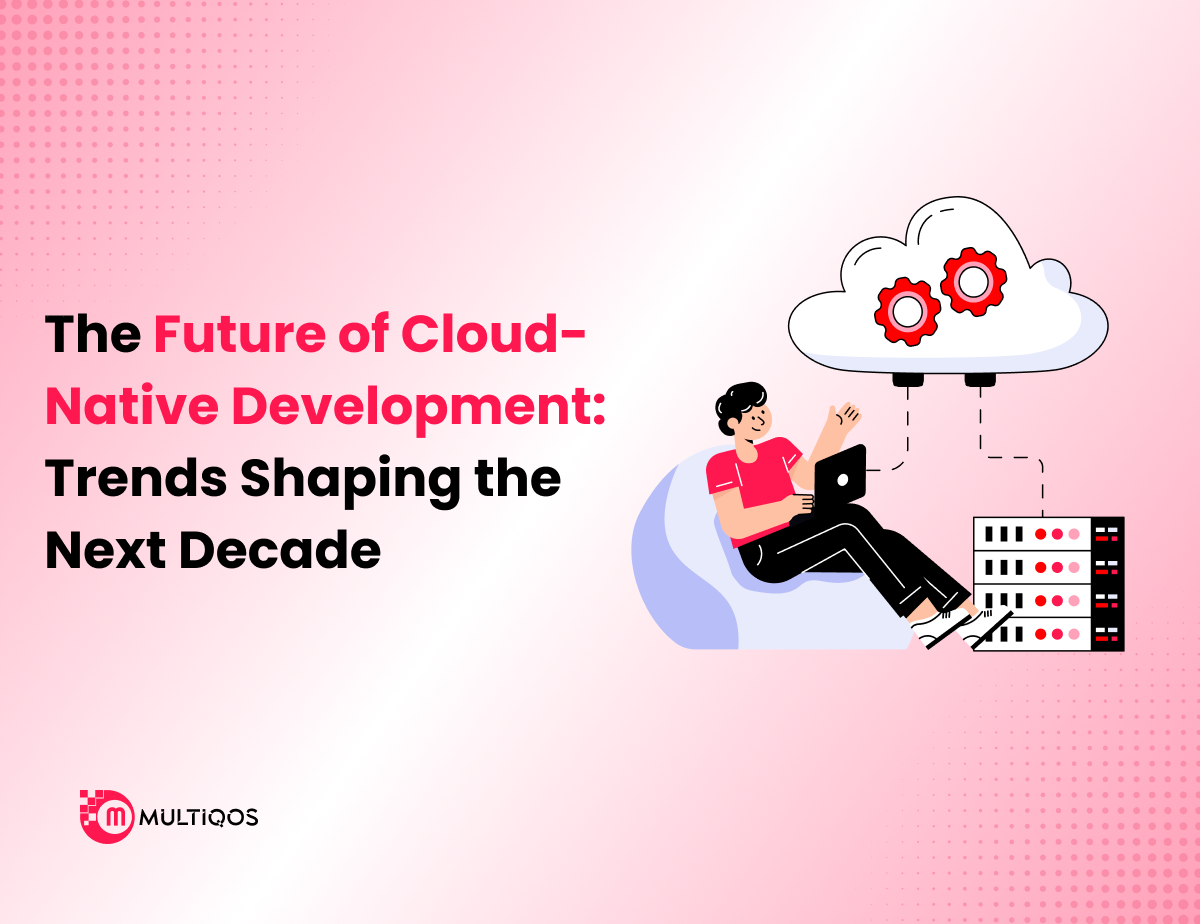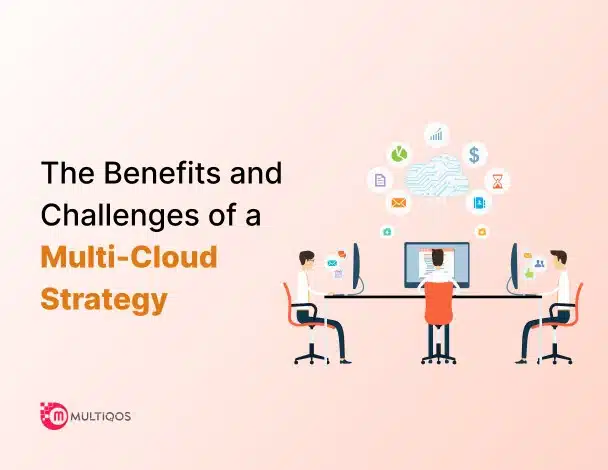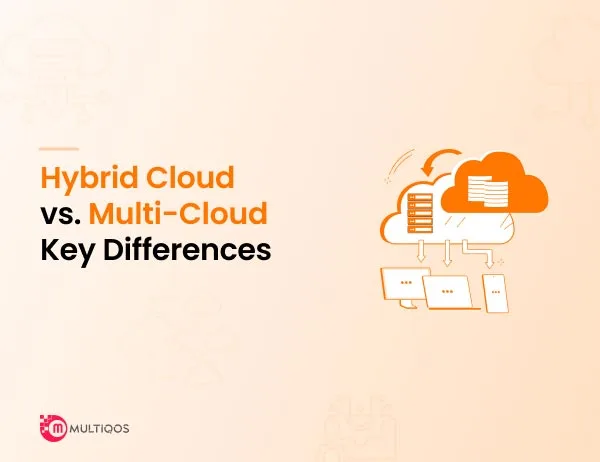Business Benefits of Using Serverless Computing: Predictions & Advantages
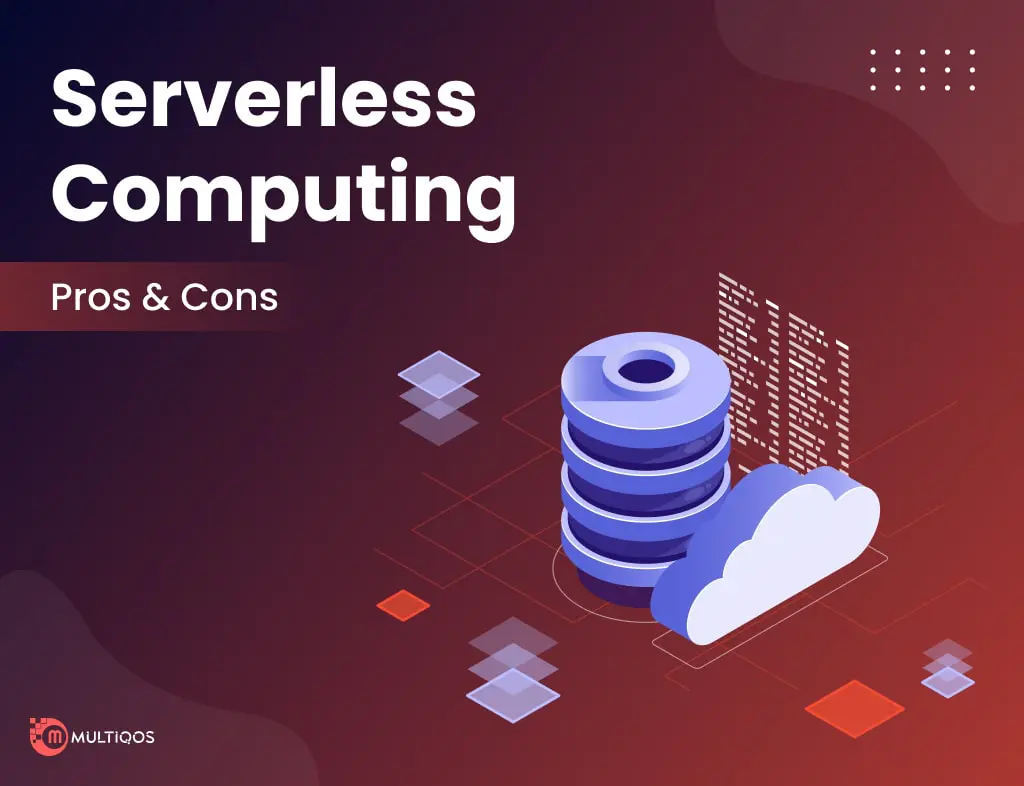
Introduction
Technologies are evolving significantly more quickly, which puts pressure on businesses to adopt new technology in order to stay competitive. In order to increase a company’s commercial offers or services, it becomes crucial to manage delivery demand and support from a technological standpoint. For many corporate executives, the switch from on-premise hardware to cloud computing has been seamless when it comes to understanding digital processes and service delivery. As a result, serverless computing is rapidly gaining popularity with executives all over the world.
Numerous commercial advantages for businesses to embrace serverless cloud computing will be detailed when the topic is examined in more detail. As we enter one of the most sceptical decades, it is obvious why more enterprises are investigating and implementing serverless structures. The article will outline potential serverless computing features with examples of actual implementation. Let’s get going!
What is Serverless Computing?
Serverless may be perplexing to professionals who have spent decades managing server utilization and capacity, even while business and IT leaders are familiar with on-premise infrastructure. For instance, serverless computing does not imply that there are no servers present; rather, it does away with the requirement that companies operate, own, or lease their own servers.
Functions as a Service (FaaS), often known as Serverless technology, was originally made available by Amazon Web Services (AWS). Backend as a Service (BaaS), a term used to describe cloud computing in business, is also included in the “as a service” approach.
The original cloud business model, in which virtual computers are leased to a provider, is where serverless draws its inspiration. However, it mandates that businesses lease a predetermined sum for a predetermined length of time. Organizations gradually moving to corporate cloud computing only pay for the memory and processing time used by the application code. A cloud computing approach called “serverless” executes computer resources automatically, scales them up or down, and scales them down to zero when the application is not in use.
The Serverless Revolution
Serverless computing is viewed by some as the next step in the evolution of infrastructure-as-a-service, or IaaS. In fact, it totally abstracts the underlying infrastructure from developers and basically virtualizes runtime and operational administration through a third-party provider. It is possible to think of serverless computing as a full-fledged SaaS solution when you break it down. It allows firms to pay a third party to handle servers, databases, application logic, and other essential business processes that were previously more often executed and maintained internally.
History of Serverless Architecture:
Large data warehouses and servers were rented or controlled by distant companies in the early days of cloud computing for anything from storage to processing to security. This still occurs in many instances today since the public cloud continues to provide contemporary and established businesses with a flexible, scalable, and remote-friendly solution.
In the pre-cloud era, businesses lavishly invested in IT infrastructure, purchasing servers, apps, networks, and other items. However, as IaaS and PaaS arose via the cloud, funds and resources were switched from capital and assets to operating expenditures.
As the revenue streams for cloud computing services continue to change, serverless computing is the next stage of cloud computing. The pay-as-you-go aspect of serverless services appears to be a significant benefit that could not have been foreseen with traditional and early cloud services. Also, its interaction with edge computing and IoT connection might have profound effects on a variety of sectors.
Future of Serverless Architecture:
Serverless architectures are made up of apps that heavily rely on external IaaS and BaaS providers or on bespoke code that is executed in ephemeral (temporary) containers from an infrastructure perspective. Many have referred to this as FaaS, or function as a service, which is presently offered by companies like Amazon, Microsoft, and others.
This activity may be moved to the front end by using FaaS, which ultimately eliminates the requirement for a conventional server system to be installed behind an application. These serverless solutions can greatly lower operating costs and complexity, but the switch to this approach undoubtedly increases reliance on outside providers and the general market’s current immaturity.
Simply said, FaaS enables companies to execute back-end code without having to administer their own server infrastructure or server applications. Shifting from a rigid, underperforming approach to a low-maintenance, flexible architecture run by a third party like AWS Lambda, IBM OpenWhisk, and Azure serverless is a significant departure from traditional designs.
These and similar tools make it simple for developers to upload the appropriate code to the platform without having to worry about anything else. The third-party provider maintains the running, scaling, and management of your code while still giving you immediate access to it if you want to make changes, roll them back, or upgrade them.
Benefits of Serverless Architecture
With serverless computing, most of the repetitive work of maintaining IT is eliminated. But it’s not limited to that. The following are some benefits of serverless computing to simplify life for your DevOps team:
-
Reducing the Time from Production to Market
In a business, you are typically obliged to have a production facility where you may house your planning, design, and development before final production. This necessitates that you immediately handle infrastructure, server configuration, and storage capacity.
You no longer have to be concerned about these obstacles standing between your production and its market readiness with serverless computing. You only need a serverless computing provider to take care of your urgent server needs; you don’t even need to set up a specific location for carrying out planning, design, and development because it can all be done on a serverless cloud.
-
Enhanced Advantages
Production costs are greatly reduced using sub-second metering, where you only pay for the resources you have utilized. It allows you to sell your product at a competitive price. Additionally, for some businesses that rely significantly on servers, such as online games and data retrieval websites/applications, hosting and maintaining servers may be the most expensive part of doing business.
Therefore, employing serverless computing allows you to reduce expenses while also eliminating the production-to-market cycle, which ultimately makes your product more competitively priced and easily available.
-
Cutting Back on Fixed Costs
Regardless of delivery time, product quality, or pricing, fixed expenses maintain a significant portion of the value of your product steady. You must be willing to adjust your product’s pricing to reflect market competition. If competition materializes, you must be prepared with tactics that provide your product a superior competitive edge.
By providing continuous scaling and balancing, serverless computing enables you to convert your fixed expenses into variable costs. You are no longer responsible for maintaining the permanent assets that are used to house servers. You have the benefit of having flexibility with the pricing decision by converting these fixed expenses into variable costs.
-
A Simpler Pivot
Depending on their target market, new enterprises frequently need to shift their concentration. With serverless computing, you may switch up how you take care of the program so that it can be utilized in different ways under different circumstances.
According to the objective at hand, the pivoting may entail redesigning the application or website or redefining media advertising. You can scale infinitely with serverless computing, which lets you access a larger market. You may also utilize containers (individual services) to improve pivoting as you won’t need to significantly rearrange your service packages in that case to prevent a service crash as a whole.
-
A Better Development Management System
The process of creating an application involves several substeps from planning to manufacturing. Development and testing are the two most crucial parts. You can benefit from serverless computing in ways that server computing does not. Through autonomous service management, serverless computing, for instance, enables you to have a deeper understanding of the development.
According to the present state of each individual service, you may monitor and plan your development. These services are also extremely straightforward to test because the code is clear, orderly, and hence simple to follow. With these benefits, it only makes sense for developers to speed up and check to be easier and more accurate.
The Future of Serverless
Since serverless is still a relatively new technology, its future is still uncertain. IT infrastructure as we now know it may drastically alter in the years to come as ecosystem environments, security, and IoT develops.
At the Serverless Conference of 2017, Jason McGee, VP, and CTO of IBM Cloud, stated that IBM analysts anticipate the serverless industry would increase 7–10 times by 2021, indicating that cloud vendors are taking note of AWS Lambda’s early success. The serverless industry was expected to increase from a $1.88 billion market in 2016 to a $7.72 billion market by 2021, according to a Markets and Markets analysis (411 percent).
Serverless Predictions 2024
Apart from the advantages of serverless computing, the other crucial parts of the stack can be illuminated by the serverless method, including:
- Serverless databases and storage: A serverless approach to these technologies entails moving away from providing instances with set capacity, connection, and query constraints and toward pricing and infrastructure models that grow linearly with demand.
- Event stream and messaging: Stream-processing and event-driven applications benefit greatly from enterprise computing. like the free and open-source event streaming system Apache Kafka.
- API gateways: Acting as intermediaries for web operations, API gateways offer HTTP method routing, rate limitations, client ID and secrets, CORS, seeing response logs, viewing API use, and API sharing policies.
How Can MultiQoS Help the Enterprises with Cloud Computing Services?
If you are planning on expanding your firm or improving the working conditions for your employees with serverless architecture, you definitely need a team of professionals. At MultiQoS, we are rapidly expanding cloud service providers with in-depth knowledge and technology to provide the greatest solutions. You can discuss your needs for serverless computing solutions with our specialists by getting in touch with them.
Wrapping Up!
For enterprises, serverless computing offers a wealth of benefits. Products may be affordable, cutting-edge, market-specific, and adaptable all at once with the aid of serverless computing. All they want is a top-notch service provider that can explain to business owners the myriad benefits of serverless. Businesses may be prepared for competition through improved product creation, testing, and timely, cost-effective delivery.
Do You Want to Develop Your Next App Serverless?
We have expert mobile app developers who specialize in serverless app development for both large and small enterprises.
FAQs on Serverless Computing For Businesses
A technique for offering backend services on an as-needed basis is serverless computing. Users may build and deploy code with the help of a serverless provider without having to deal with worrying about the supporting infrastructure.
In contrast to other cloud computing architectures, serverless relies on the cloud provider to manage both the infrastructure and app scalability. Containers that automatically run on demand when called contain serverless programs.
The newest development in cloud computing is serverless computing. The process of creating, deploying, and scaling apps has become considerably simpler. Development teams just have to worry about their code with serverless computing. To run their code, they don’t need to install any software or provision a server.
Get In Touch

